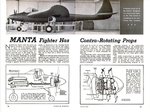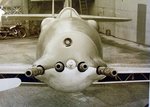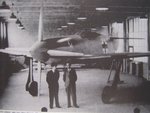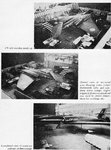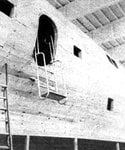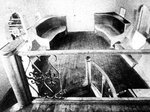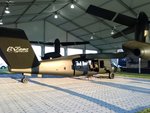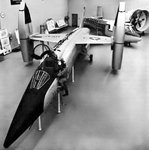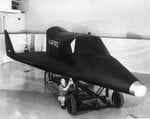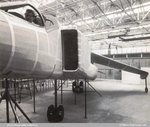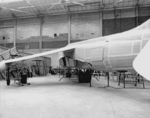Airframes
Benevolens Magister
Ah, the famed 'Oozlum Bird' !
With only one wing, it was forced to fly around in ever decreasing circles, until it finally disappeared up it's own orifice .........
With only one wing, it was forced to fly around in ever decreasing circles, until it finally disappeared up it's own orifice .........

